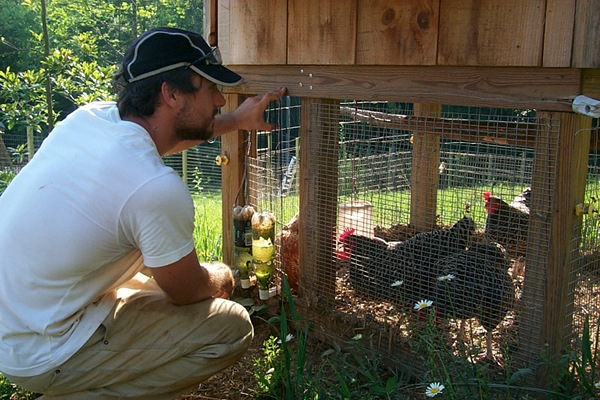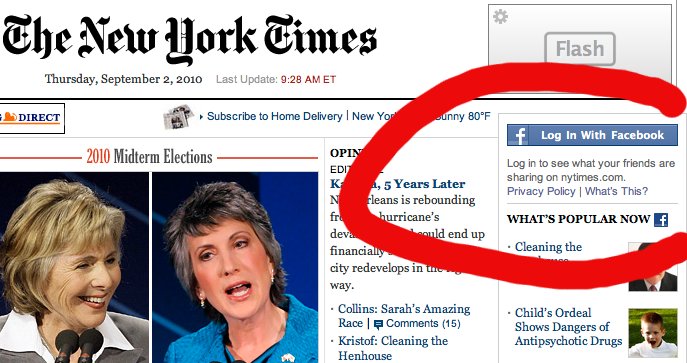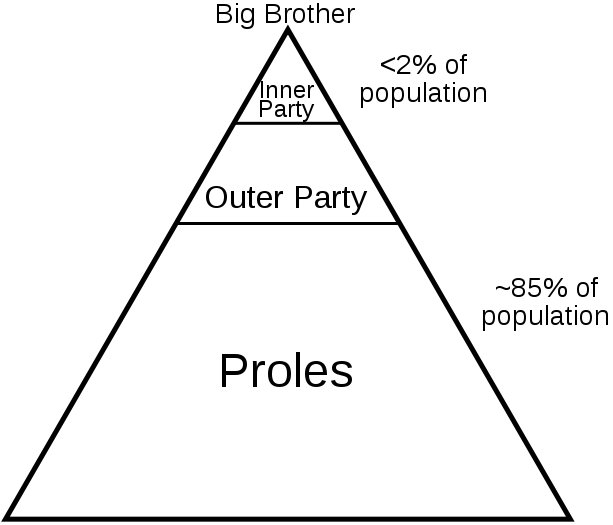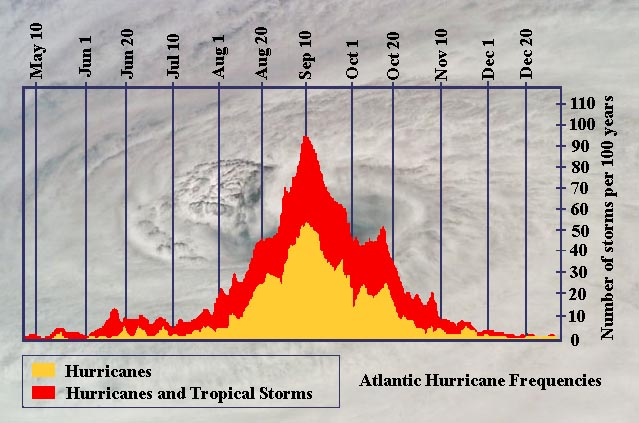
Ken Ilgunas with the chickens, June 2010
Summer is over. Ken went back to school yesterday.
One of the disappointments of getting older is that most young people care so little about how the world used to be, or whether in some ways it might have been better. I have often said that I will measure my success at Acorn Abbey according to how well I can roll the clock back to 1935. How many young people would understand what I mean by that? Young people are transported by J.R.R. Tolkien’s Lord of the Rings, both the book and the movie. But how many of them grasp that the Lord of the Rings is a critique of industrial society or that the Shire is a representation of the Late Victorian England in which Tolkien grew up? Tolkien was born in 1892.
Ken is the only young person who has ever asked me, why 1935? What was it about 1935 that is worth going back to?
I see 1935 as the peak of a sustainable American economy, with a healthy mix of industry and agriculture. In 1935, Americans’ level of consumption was reasonable and sustainable. In The Unsettling of America: Culture and Agriculture, Wendell Berry talks about how our homes have become centers of consumption, where nothing is produced. We leave home to work. In our homes we consume astonishing quantities of energy, food, gadgets, and throwaway stuff and produce a similarly astonishing quantity of waste. In 1935, it wasn’t like that. Homes were centers of production as well as consumption. Non-city households were able to produce most of their food. Most people worked at home.
Modern homes can’t even produce their own entertainment. It comes in on a wire. People used to have pianos. Piano ownership peaked around 1930. Everybody had to have one. In 1930, the most expensive item people bought other than their house was their piano. By the end of the 1930s, that had changed, and cars displaced pianos as the most expensive item other than the house.
During the boom of the 1920s, there was a huge migration of young people off the farms into the cities. In the 1930s, this reversed, and young people went back to the farms. [Rural Poor in the Great Depression, Bruce Lee Melvin, et al.]
I was not alive in 1935, of course. I was born in 1948. But most of my earliest memories from the 1950s have to do with the places in which my relatives lived. These were family farms in the Yadkin Valley and the Blue Ridge Mountains, all of which had been running at full tilt in 1935. In the 1950s, many of my relatives still kept cows and churned their own butter. They had chickens, pigs, mules, tractors, pastures and fields. I saw how it all worked, and it must have fascinated me as child, because those images of productive households are burned into my memory.
I was born 56 years after Tolkien, so my witnessing of the industrialization of the United States picks up five or six decades after Tolkien’s witnessing of the industrialization of England. As The Lord of the Rings Wiki says, “The industrialization of the Shire was based on Tolkien’s witnessing of the extension of the Industrial Revolution to rural Warwickshire during his youth, and especially the deleterious consequences thereof. The rebellion of the hobbits and the restoration of the pre-industrial Shire may be interpreted as a prescription of voluntary simplicity as a remedy to the problems of modern society.”
During the course of our lives, we our all blown around, sometimes even battered, by economic forces and economic trends, but we rarely pause to think about it. We are no less battered today than the young people who moved off the farms in the 1920s, only to move back again in the 1930s. In the 1950s, I witnessed how my father moved his family away from a small-farm lifestyle to a more suburban lifestyle. When I got my first job in the early 1970s working for a newspaper in Winston-Salem, N.C., even though I didn’t fully realize it then, the economy that supported that newspaper (not to mention the economy that supported old Southern cities like Winston-Salem) was based on manufacturing. By 1991, when I moved to San Francisco, manufacturing was dead. Winston-Salem was in decline. Whether I knew it or not, it was an economic wind that blew me to San Francisco, during the trough of a recession. Lucky for me, the California economy started to roar again by 1995. When I worked for the San Francisco Examiner from 1995 until the Examiner closed in 2000, we were riding the dot-com boom. After the dot-com boom, San Francisco rode the housing boom. When the housing bubble broke, I didn’t particularly want to stick around San Francisco for the lean times. Instead, I read the tea leaves: Just as in the 1930s, economic winds were blowing me back to the farm.
But I didn’t have a farm. Most of those we once had have been lost.
In my family, there is a precedent for starting a small farm from scratch. It was around 1935 when my father’s family’s home in the mountains of Virginia was destroyed by a fire. My father would have been about 18 then. Rather than rebuilding there, they moved to the Yadkin Valley and acquired about 10 acres of land from a relative. They built a small farm. I spent a great deal of time there when I was a child. I can still see clearly every inch of ground. I can still see the house and each outbuilding in detail. I can remember my grandmother’s cow, which she once let me try to milk. I can remember gathering eggs for her, and carrying in wood for the stove. I can remember what everything smelled like.
Ken Ilgunas is the only person who ever asked me about that little farm and what kind of infrastructure it had. Ken is the only young person I’ve ever known who has shown any curiosity about the economics and routines of family farming. I can walk around my grandparents’ farm in my memory and find answers to the question: What was considered essential on a family farm in 1935? There was a small house with three bedrooms, built from local logs and wood from local sawmills. There was a wood cookstove and a coal-fired heating stove. The house had a large, floor-model Philco radio for entertainment, though no piano. The enclosed back porch was a sort of laundry room. The front porch was where you went to cool off when the weather was hot. Attached to the back of the house was a concrete platform with a well and an insulated well house. Water was drawn from the well by cranking a windlass and raising a bucket with a rope, a chore I loved to do for my grandmother. The well house was where milk was kept (jars were immersed in a trough of cool well water) and where canned foods were stored. These were the outbuildings: a small barn with two stables and hay storage in the loft; a tobacco barn for curing tobacco; a woodworking shop (my grandfather was a carpenter); a woodshed; a large chicken house; a granary where animal feed was stored; a garage. Most of the 10 acres, except the fields and garden area, was fenced for a pasture. There was a small orchard. There was a wood-fired outdoor stove made of brick that was used for heating water for laundry. This was a small, newly built farm. The nearby farm on which my mother grew up was much older and larger, around a hundred acres. My mother’s family farm had the same kind of buildings, though larger and with the addition of a smokehouse for curing hams.
On Ken’s blog, some commenters sometimes accuse Ken of being somehow fraudulent for his determination to revisit and rethink, in how he lives his own life, all the givens of industrialization. This revisiting and rethinking is not an easy project. By default, most young people don’t much question the world they were born into. What’s not to like about a life of consumption? Quite a lot is not to like, of course, such as enslaving ourselves to buy things or indenturing ourselves with debt.
I’ve known a lot of brilliant young people. But I have never known a young person other than Ken who was willing, even driven, to rethink everything before putting on the heavy harness and stepping onto the treadmill of industrial (or post-industrial) life. How did he do this?
He did it by reading and thinking, and by seeking experiences that wouldn’t interest most young people, like working in Alaska for several summers. Instead of becoming a creature of popular culture, Ken has, through his reading, kept company with some of the greatest minds of the past and present. He is a sterling example of why a liberal education is of such great value, though it won’t help you make money on Wall Street. From talking with Ken, it’s clear that this project of reading and rethinking has been going on since he was a boy. His graduate studies at Duke are a continuation of that process.
His summer at Acorn Abbey also was part of that process. I don’t think it necessarily means that he’ll become a monk or a farmer. His intense need for exploration and adventure will produce a lot of creative tension with his cloister instinct. But Ken realized that, by the accident of when he was born, he lacked certain experiences that industrialization has robbed us of: how to start a farm, how to grow at least some of your own food, how to build things, how to fix things, how to use hand tools. Ken also got a taste of the cloistered life, because we lived like monks, with much silence and much reading along with the labor. I told him that it’s a shame he can’t get course credit at Duke for what he learned this summer.
Ken’s hard work at Acorn Abbey this summer brought this place much closer to becoming the productive tiny farm that I want it to be. The work he’s done here will be visible for many years to come. It’s amazing what two adults working at home can accomplish. All my grandparents made their livings at home and still had time to sit on the front porch and smell the gardenias.
And I’ve added a second way to measure my success, in addition to how well I’m able to roll the clock back to 1935. That measure of success is whether people like Ken Ilgunas want to be here.




